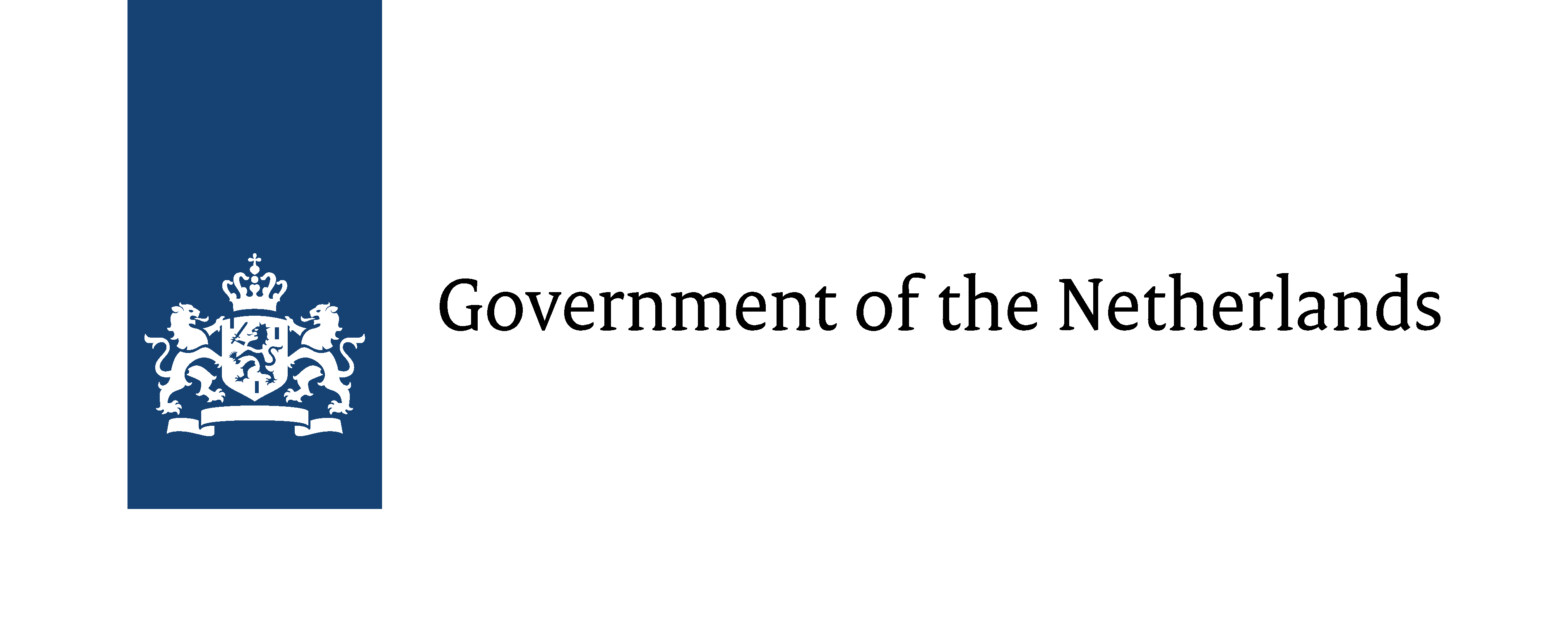The Landscape of the 21st century
Of course it is far easier to recognise schools of literature that have being canonized long ago in the past than in the literary landscape of today. Nowadays the number of books published in the Dutch language on a yearly basis is larger than ever before, and this means it can be hard to keep track of any emerging trends. However, amidst this plethora of books certain trends can be observed. For example, the multicultural society has been an important theme since the 1990s. This same multicultural society has brought forth a substantial wave of writers in the Netherlands with a non-Western background, and the struggle to find an identity between two cultures often plays a major role in their work. At the same time, these books give new insights into the evolution of Dutch society. Important representatives of this ‘immigrant literature’ are Abdelkader Benali, Kader Abdolah, Hafid Bouazza and Yasmine Allas.
In addition to immigrant writers, women also occupy an important place within Dutch literature, for example, Doeschka Meijsing, Margriet de Moor, Vonne van der Meer, Renate Dorrestein, Connie Palmen, Tessa de Loo and Nelleke Noordervliet. In the 1970s and 80s in particular, when they began writing, these Dutch women were seen as emancipated, adventurous and progressive, and they appropriated such themes as divorce, freedom and self-awareness for themselves. They have achieved much success on the German market with these themes; Margriet de Moor, for example, sold more than 300,000 copies of her book First Grey, Then White, Then Blue in German translation.
Whereas Dutch female writers have created a distinct profile for themselves on the international market through the universality of the themes they deal with, in recent times a number of novels with traditional Dutch themes and set in small rural communities have emerged. The most striking examples of these are Joe Speedboot (2005) by Tommy Wieringa and The Twin (2006) by Gerbrand Bakker. Dorsvloer Vol Confetti (2009) by the young writer Franca Treur and Knielen op een Bed Violen (2005) by the experienced Jan Siebelink merge perfectly with the trend set by Wolkers and ‘t Hart: two more autobiographical-styled novels about Calvinistic religion, although Siebelink and Treur seem to harbour less rancour against their Dutch Reformed background than ’t Hart and Wolkers.

